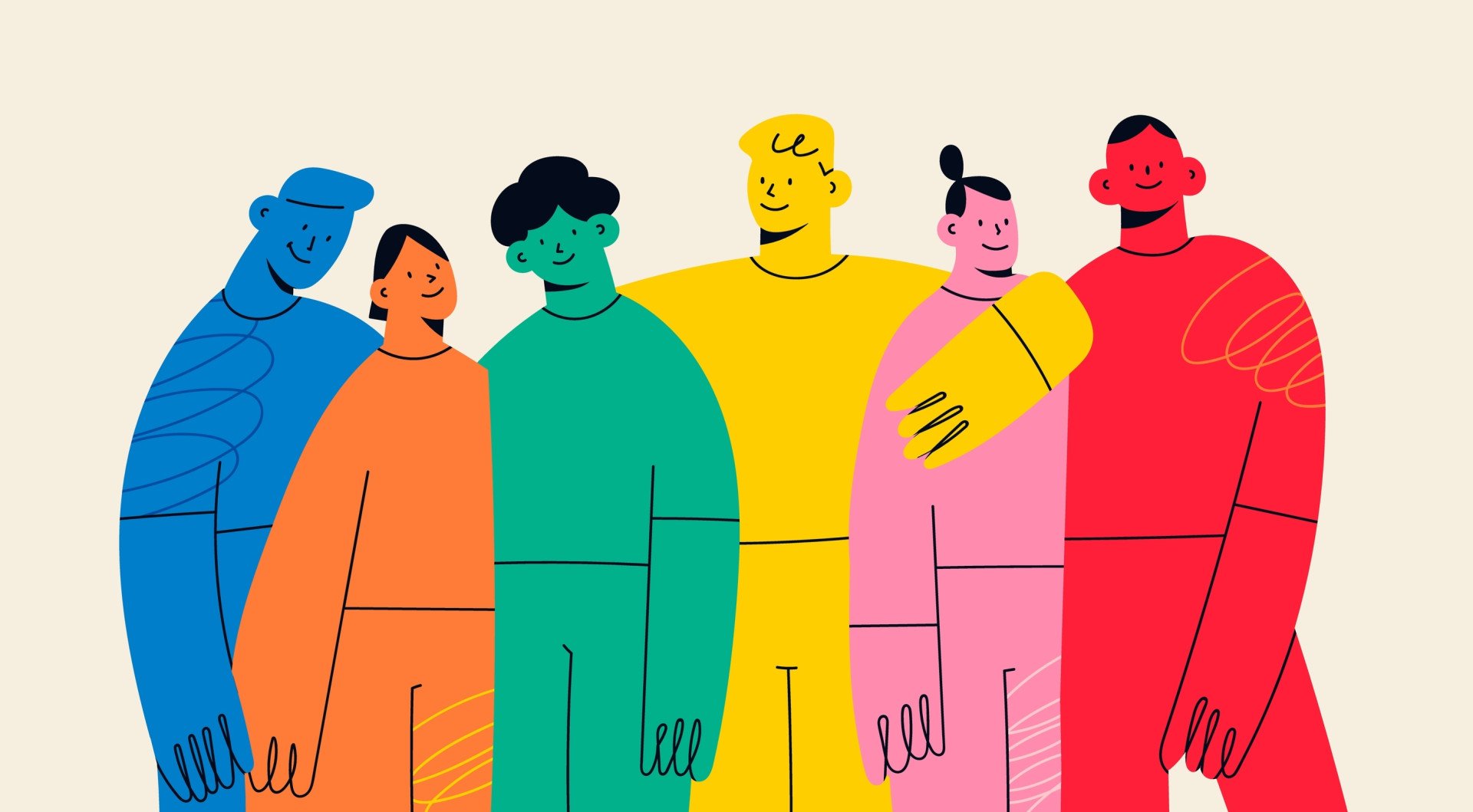For many people, the difference between a close friend and an acquaintance seems clear, but for autistic adults, peer relationships often fall somewhere in between.
A new Canadian study suggests these ties, though rarely counted among someone’s inner circle, can still provide meaningful emotional and practical support.
A study by Isabelle Courcy, Noémie Cusson, and Nuria Jeanneret, published in Autism (2025), examined how autistic adults in Québec view their personal support networks and the role of connections with other autistic people.

The researchers found that while friends and family typically made up the core of participants’ support systems, many also valued advice, companionship, and shared understanding from autistic peers—even if they did not consider those peers to be close friends or confidants.
Social support is widely recognized as a crucial factor in quality of life, helping reduce isolation and protect against depression.
Past research has often focused on parents, professionals, or broad comparisons between autistic and non-autistic groups. Less attention has been given to how autistic adults themselves define and experience support networks.
To explore this gap, the team studied 31 autistic adults aged 19 to 67, living in various regions of Québec.
Participants completed network mapping exercises and interviews about the people they interacted with most over six months.
They were asked to identify up to five individuals they considered central to their daily lives, forming what researchers called the proximal personal support network. The team then analyzed both the structure of these networks and participants’ reflections on the meaning of their connections.
The results showed that family and friends accounted for the bulk of key support relationships, with romantic partners and professionals also playing a role.
On average, participants’ most important ties were reciprocal, meaning support was exchanged in both directions. Contrary to stereotypes, many described having close friendships and meaningful social bonds.
Yet when it came to autistic peers, the picture was more complex.
Twenty-one participants mentioned autistic peers in their networks, but only two placed them within their most important group of supporters.
Even so, many described these relationships as valuable, especially for sharing experiences of autism, offering empathetic listening, and exchanging practical advice on navigating daily challenges.
Activities such as going to a museum, attending autism community events, or talking online were cited as meaningful forms of peer connection.
These peer interactions often provided something distinct from family or professional support.
Participants said conversations with other autistic people felt easier and less draining, with less need to monitor or decode social cues.
Some noted that advice from autistic peers was especially relevant when dealing with sensory overload, workplace stress, or navigating healthcare systems.
While these ties were not always seen as “close” in the traditional sense, they carried a kind of flexibility, offering both practical tips and emotional resonance.
For everyday life, the findings highlight that support does not only come from family or long-term friends. Peer connections—even those not labeled as intimate—can make a difference in managing stress and feeling understood.
For professionals, the study suggests that creating opportunities for autistic peer support, whether through community groups or informal spaces, could play a role in improving wellbeing.
At the same time, the study underscores that peer support has limits. Some participants said peers could not replace the expertise of professionals, particularly in areas like mental health care.
Others reported frustration with group settings when conversations felt unhelpful or overwhelming.
As with any small, exploratory study, the results cannot be assumed to represent all autistic adults. The researchers note that their sample size was limited and mostly included people comfortable with verbal interviews.
They recommend future studies include larger and more diverse groups, as well as explore how these networks shift over time.
Still, the study adds nuance to our understanding of autistic social life.
Rather than fitting neatly into the categories of “strong ties” with close friends or “weak ties” with acquaintances, relationships between autistic peers often occupied a middle ground.
They were neither distant nor deeply intimate, but flexible and significant in their own way. For many participants, these connections provided not just advice and companionship but also a sense of belonging and mutual recognition—an essential but often overlooked dimension of social support.
Citation
Courcy, I., Cusson, N., & Jeanneret, N. (2025). Nor weak ties, nor strong ties: Personal support networks and relations between autistic peers. Autism. https://doi.org/10.1177_13623613251369908


